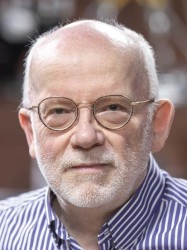BibTex format
@article{Perez-Callejo:2019:10.1063/1.5096972,
author = {Perez-Callejo, G and Jarrott, LC and Liedahl, DA and Marley, EV and Kemp, GE and Heeter, RF and Emig, JA and Foord, ME and Widmann, K and Jaquez, J and Huang, H and Rose, S and Wark, JS and Schneidner, MB},
doi = {10.1063/1.5096972},
journal = {Physics of Plasmas},
title = {Laboratory measurements of geometrical effects in the x-ray emission of optically thick lines for ICF diagnostics},
url = {http://dx.doi.org/10.1063/1.5096972},
volume = {26},
year = {2019}
}

